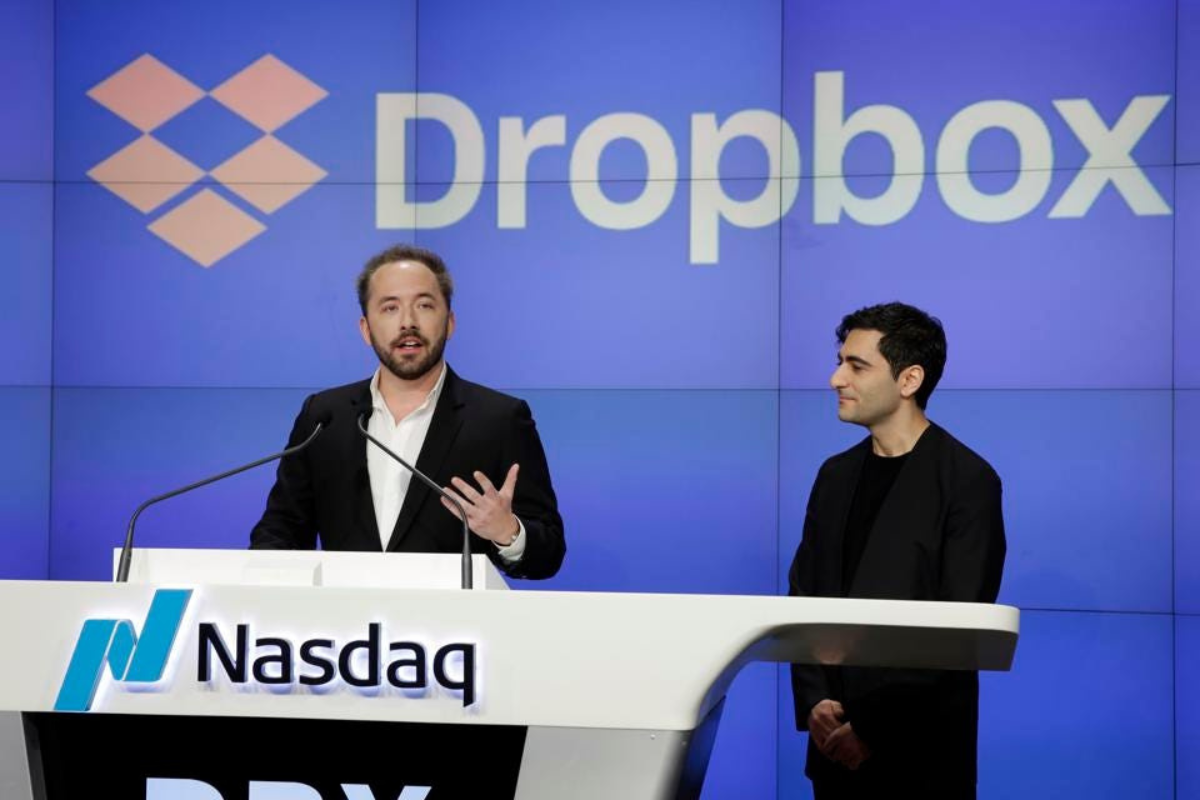The story of Dropbox’s founding and rise to success is one of determination, innovation, and a bit of luck. Drew Houston, the company’s co-founder and CEO, had always been interested in technology and software development. He learned to code at a young age and even built his own website while in high school. But it wasn’t until he experienced a frustrating problem with storing and sharing files that the idea for Dropbox was born.
In 2007, Houston was taking a bus from Boston to New York when he realized he had forgotten his USB drive with his important files on it. Frustrated by the inconvenience and the limitations of traditional storage methods, he began working on a solution. He created a prototype of a cloud-based file-sharing service that would allow users to access and share their files from any device, anywhere in the world. He called it Dropbox.
Houston’s initial attempts to attract investors and users were met with resistance. The tech world was skeptical of the idea and didn’t believe there was a need for another file-sharing service. But Houston was determined to make Dropbox work. He continued to improve the service and added features like file synchronization and version history. He also launched a successful beta program that allowed users to try the service for free.
By 2008, Dropbox had gained some traction, and Houston was able to raise $7.2 million in funding from venture capitalists. The company continued to grow, and by 2011, it had reached 50 million users. Despite the fact that 96% of those users paid nothing, Dropbox was on track to generate $240 million in revenue that year.
Houston’s refusal to sell Dropbox to Steve Jobs and Apple is now the stuff of legend. In 2009, Jobs invited Houston and his co-founder, Arash Ferdowsi, to a meeting at Apple’s Cupertino office. Jobs saw Dropbox as a strategic asset for Apple and wanted to acquire the company. But Houston and Ferdowsi were determined to build a big company and weren’t interested in selling. Jobs reportedly smiled warmly and told them he was going after their market, claiming that Dropbox was a feature, not a product. Houston was shaken but determined to prove Jobs wrong.
And he did. Dropbox continued to grow and evolve, and Houston’s vision for the service was vindicated. Dropbox became a verb, and its user base continued to expand. Houston was even able to raise $250 million in funding in 2014, valuing the company at $10 billion.
Today, Dropbox is still going strong, with over 700 million registered users and a market cap of over $9 billion. Houston has stepped down as CEO but remains on the company’s board of directors. Dropbox has continued to innovate, with new features like Dropbox Paper, a collaborative document editor, and Smart Sync, a tool that allows users to access and organize their files more efficiently.
The success of Dropbox can be attributed to a number of factors. Houston’s determination and vision played a crucial role, as did the company’s focus on user experience and design. But perhaps the biggest factor was the timing. Dropbox emerged at a time when cloud computing was becoming more prevalent, and users were looking for better ways to store and share their files. Houston’s solution was simple, elegant, and effective. And it just worked.











